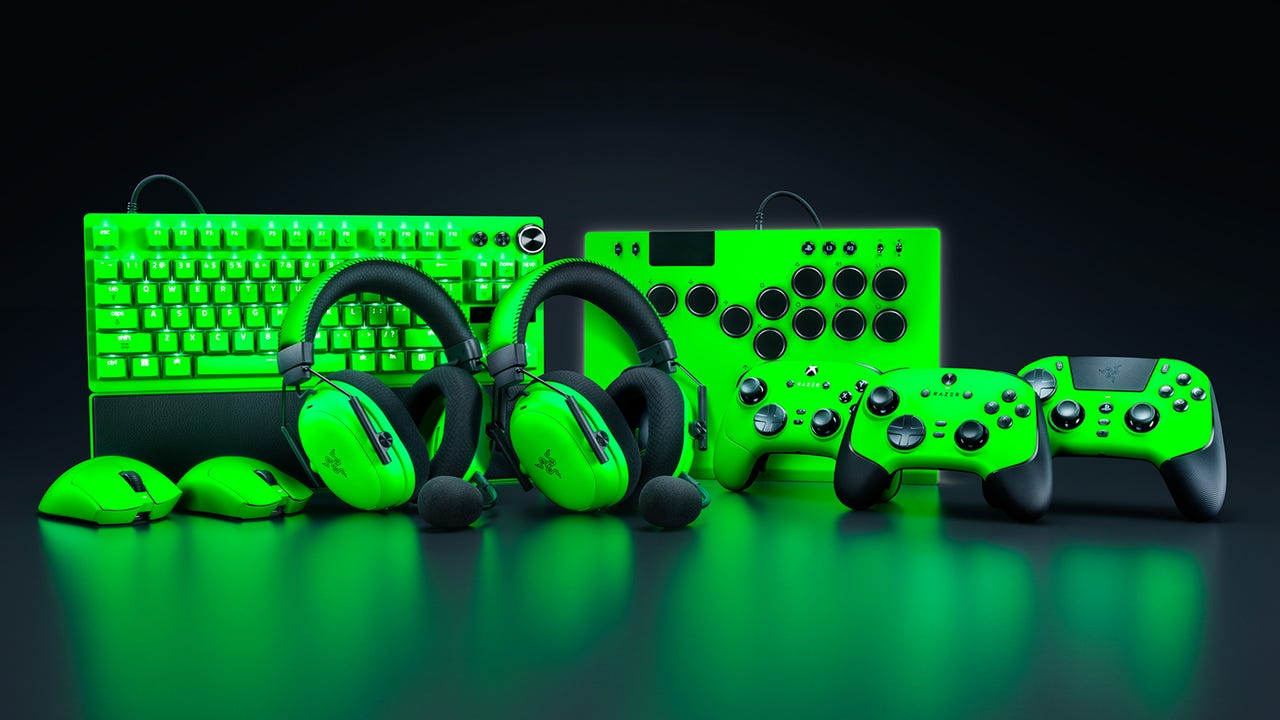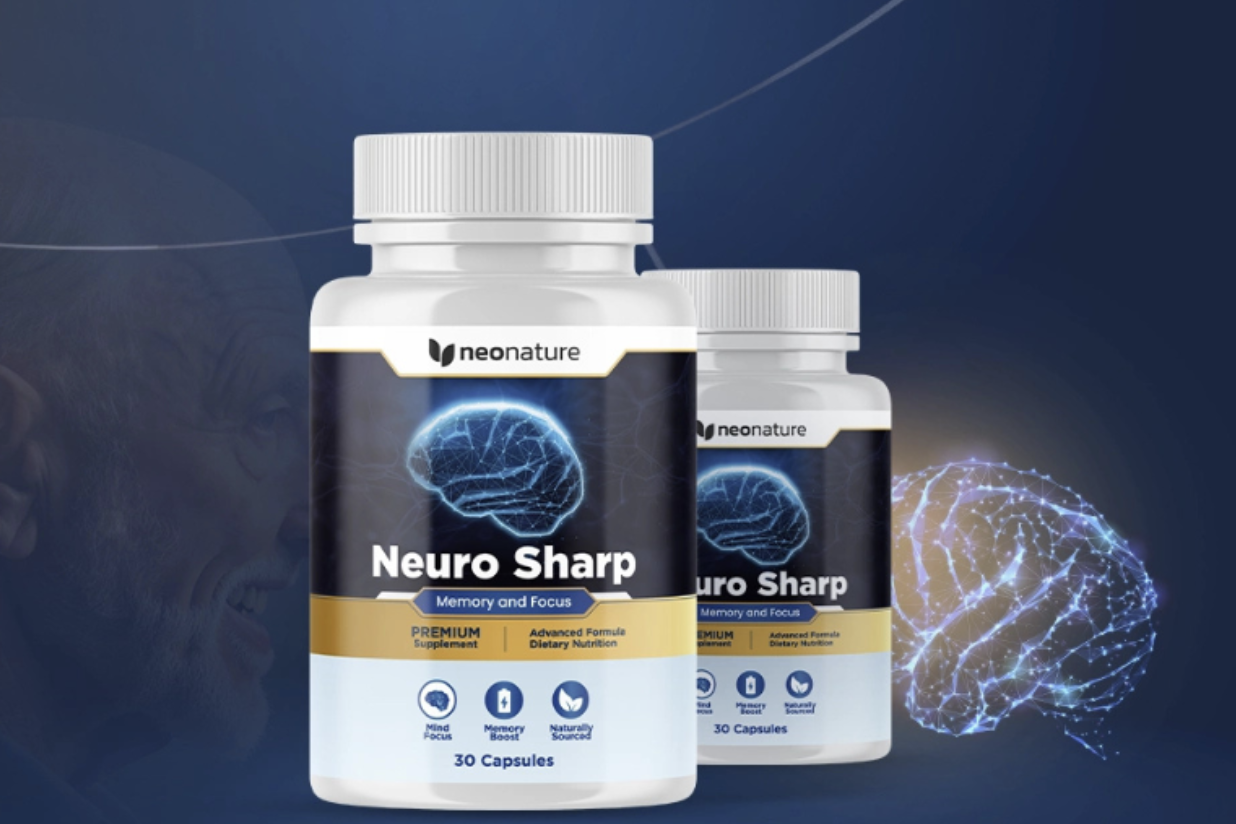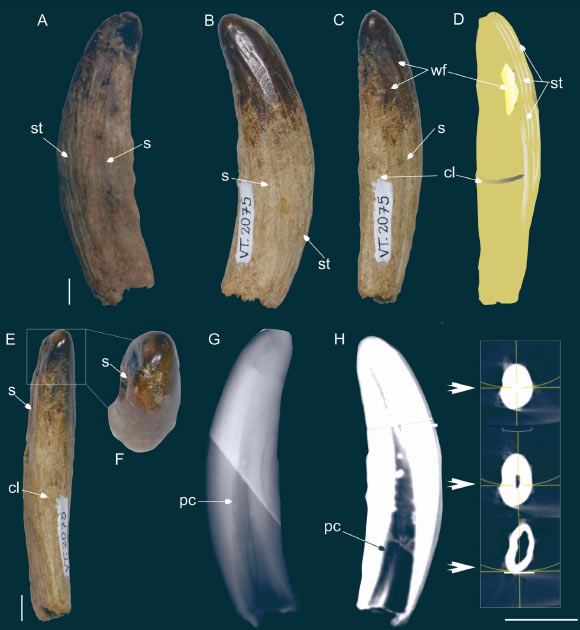ISLAMABAD:
Pakistan and Turkiye have explored new avenues of maritime…

Pakistan and Turkiye have explored new avenues of maritime…

Yo dawg, Razer heard you like gaming green, so it greened its gaming gear so you can green while you game. What I mean to say is that Razer has announced a new Esports Green Collection that washes several of its esports-coded gaming accessories…

Islamabad [Pakistan], October 25 (ANI): Pakistan Foreign Office on Friday said that it plans to keep transit trade with Afghanistan suspended for the foreseeable future till the security situation at the border is evaluated.
“Afghan transit trade…

Since July 22, numerous unauthorised exchange outlets have been closed after the military intelligence agency summoned currency dealers to address the rising dollar rate in the open market. photo: file

New York City, NY, Oct. 24, 2025 (GLOBE NEWSWIRE) — Neuro Sharp, a leading innovator in brain supplements for memory and focus, today announces the availability of its comprehensive cognitive enhancement supplement designed to support…

For the first time in nearly a decade, the Supreme Court has…

Paleontologists have uncovered the fossilized lower right canine of a large proborhyaenid sparassodont in the Taubaté Basin of Brazil.
The right lower canine of a large proborhyaenid sparassodont from the Tremembé Formation, Brazil. Scale…